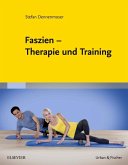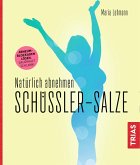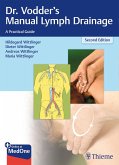This book sheds new light on the dynamic structure of the body and in introducing tensegrity and biotensegrity, which is applying it to living organisms, it is an invitation to engage with the complex architectural matrix that sustains the natural bodily functions. The approach to this subject is playful, but it remains specific. It gives a deep insight into what biotensegrity is all about, and how it can inspire all those who work on and with the body as a living whole. This new understanding of the body¿s architecture is of special interest for dancers as it shifts the focus away from the bones as the continuous compressional support, and from the limited bone-muscle-tendon approach of the locomotor apparatus, towards a more organic and global vision of the moving body. (Liane Simmel, dancer) The biotensegrity concept has established the body comfort and the elasticity as a reference. (Michèle Tarento, otorhinolaryngologist and osteopath) The self-stress of a tensegral system is what immediately becomes obvious in his [the therapist¿s] hands. (Nadine Quéré, physiotherapist) [¿] thinking of functional architecture in terms of the biotensegrity concept proves to be helpful to the synthesis of interdisciplinary ideas, in both theory and practice. It provides a practical foundational model for conceiving a synthesis of the body and mind, which opens new avenues to be explored in the search for solutions to problems related to these interconnected ¿ interacting ¿ domains. (Bernard Payrau, cardiologist) [¿] the biotensegrity concept proves to be able to move body work significantly beyond back and shoulder pain management into fields of rehabilitation, addressing conditions which up until today are generally regarded as non-reversible. (Diane Drake Vincentz, trainer and eurythmist) The work of tensegrity in respect to the human body and anatomy has proven fruitful in so many ways that it seems one-sided to not answer to the claim it places on other aspects of human life. Given that the relation between language, body and mind is becoming more and more apparent, [...] a daring revision of language and grammar promises equally inspiring and wholesome results. (Marc Nürnberger, sinologist)
Hinweis: Dieser Artikel kann nur an eine deutsche Lieferadresse ausgeliefert werden.
Hinweis: Dieser Artikel kann nur an eine deutsche Lieferadresse ausgeliefert werden.








